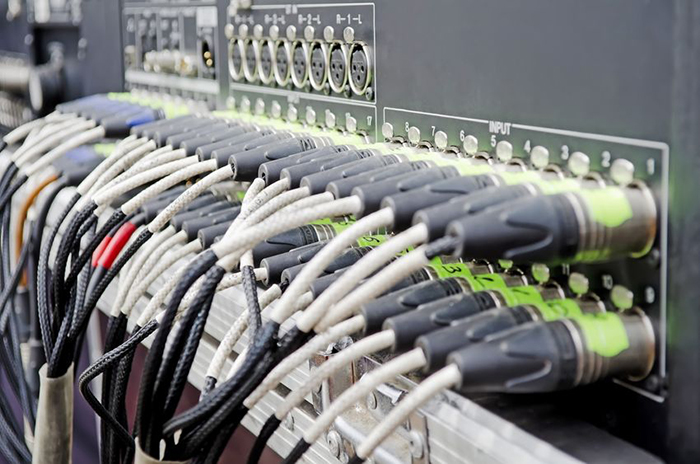
We made it clear that this was the engineers’ and techs’ time – not ours, so when they were ready, we cleared the room of anyone non-essential, stood back and let the them do whatever they wanted to with the system. We kept a couple of people from the brand in place to answer questions about the rig and a couple of key management individuals should any rapid decisions need to be made or a mountain get moved. After all, our solitary goal here was to see the rig go out on a tour or get sold via engineer/tech influence.
At any time, the engineer could stop mixing, ask questions, re-patch or change something or even start from scratch, but the time was theirs to do with whatever they liked so long as we were able to wrap it up in time for the next engineer coming in. The results of these sessions were impressive, and I can tell you that several engineers were completely turned on by the technology because of the intimate environment we had created for them.
One key individual not only gave the nod on the technology but also committed to taking the system on his next major tour! The maiden voyage of our highly technical and rather new sound system was going to be supporting one of the industry’s leading engineers coupled with one of the most iconic rock stars in modern music history.
Note that this engineer wasn’t the only person endeared to the system though as many guests walked away singing its praises, even if they couldn’t immediately take it out on tour. Mission accomplished.
The Way It Goes
I realize that this may sound like an expensive undertaking for a brand and it certainly wasn’t the cheapest thing in the world to pull off, but let’s look at the difference between this approach versus donating a system to a festival for free. Both are done for exposure and both will see engineers working the console and getting a feel for the system, but a festival is less than optimal for a very busy sound engineer to perform a thorough evaluation.
First, it’s a festival, which means the system was already in place when he/she arrived, and it was also pre-tuned by a representative from the rental company hosting the system. It’s already a subjective environment since the tuning of the system may be completely different to what the FOH engineer really needed or wanted.
On top of that, the time constraints on a festival gig are tight and the engineers may have traveled and aren’t fully rested, and/or their ears might be slightly roasted. A lot of smaller groups use their FOH as the tour manager as well, so the day is packed with responsibility.
So now these engineers get behind the console and the only mission now is a successful show and load out. This situation is one of the fundamental reasons a tech rider pushes for a particular sound system or a short list of alternatives. In these cases, it almost always ends up being a system that the engineer has become familiar with and by requesting it, can get by the experimentation phase and go directly to the important part – getting the artist on and off stage with the least hassle possible.
With festivals, this happens every hour or two as the bands switch out, but the results are typically the same. It’s merely a toe in the water on the rig and without any follow-up, and the engineers will usually have forgotten the experience entirely by the time they get to the next show and the next system.
So, if you’re a brand representative and want to get your technology out there and gain some market acceptance, perhaps consider producing events such as I’ve outlined. You don’t get a room full of people listening to Steely Dan but if the job is done right, you might just land a tour, and at minimum, you’re going to get valuable market intel on your products from people who had every opportunity to do whatever they needed to do to form their opinions.
